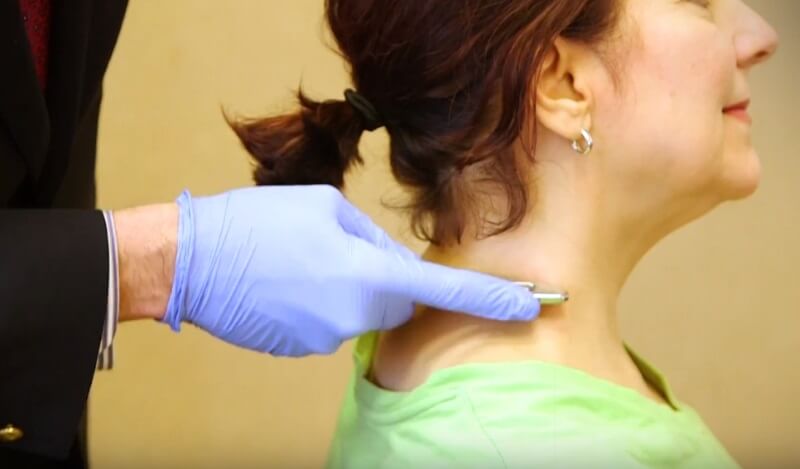
Initiated in 1994, I get a lot of questions about the Graston Technique, so here I am writing about it!
This pain relief therapy uses specialized instruments to accomplish soft tissue manipulation.
Designed for the benefit of athletes by athletes, Graston addresses fascial restriction and scar tissue to improve range of motion and relieve pain.
Should you try the Graston Technique? Let’s look at some of its applications and see if they fit.
Applications
- DOMS – Delayed onset muscle soreness is something everyone who’s ever started a fitness regime or who’s undergone a sudden spike in physical activity has experienced. The Graston Technique promotes muscle recovery, improves range of motion and reduces DOMS pain.
- Repairs and strengthens muscles – The pressure applied by Graston activates the body’s sensory receptors (mechanoreceptors, proprioceptors) and nerve fibers. When these are activated, your muscles are empowered to repair themselves and then, to get stronger.
- Addresses pain. Improves function – According to research, the Graston Technique and similar IASTM (instrument-assisted soft tissue mobilization) therapies render excellent outcomes, with respect to reduced pain and improved function, in comparison to traditional approaches.
- Chronic pain – Those suffering with chronic pain will be pleased to know that Graston is a superior support, especially when deployed as part of a long term plan of care.
When It Works Exceptionally Well
The Graston Technique works exceptionally well when the following conditions are present:
- The scar tissue (adhesion) is less than an inch beneath the skin.
- Muscle fibers just under the skin are oriented in the same direction as the muscle on which the adhesion is found.
- There is minimal fat between the skin and the scar tissue.
How Many Treatments?
The Graston Technique is relatively fast-acting. You should see improvement in the condition being treated over no more than 12 sessions. Usually, between 6 and 12 sessions are required.
If you see no improvement over the course of this benchmark, then the conditions required for the therapy to work either haven’t been met, or your provider isn’t familiar enough with the technique.
When It Doesn’t Really Help
The Graston Technique should not be deployed to treat the following areas:
- The groin
- The hamstrings
- The calves
- The Internal structures of the thigh
- The hip capsule
- Anywhere on the back
- The neck
- The front of the spine
None of these areas may be successfully treated with the Graston Technique.
Should You Try The Graston Technique?
If you’ve read through, you may already have the answer to that question.
If you do decide to go ahead with Graston, remember that you should experience a reduction in pain of no less that 10% in the first 5 visits. Following your first treatment, you should experience improved flexibility. This should be permanent at the conclusion of 12 treatments.
You should be able to hear a grinding sound (which tells you the equipment being used is working) and you should see micro-bruising (not severe bruising) at the treatment site.
Graston Technique at Back & Body
I’m a chiropractor, certified to practice the Graston Technique. Contact me to get started.














